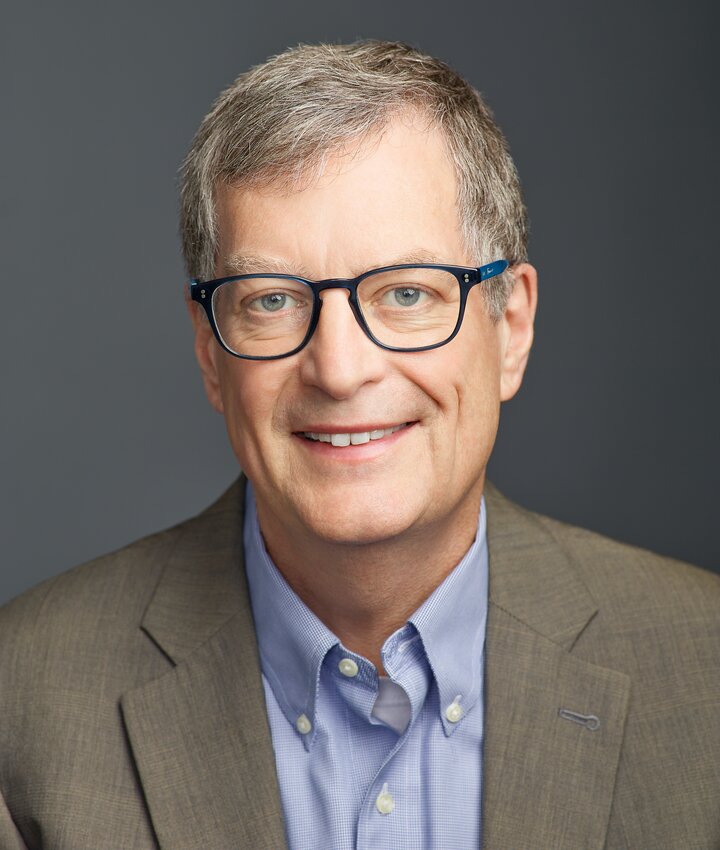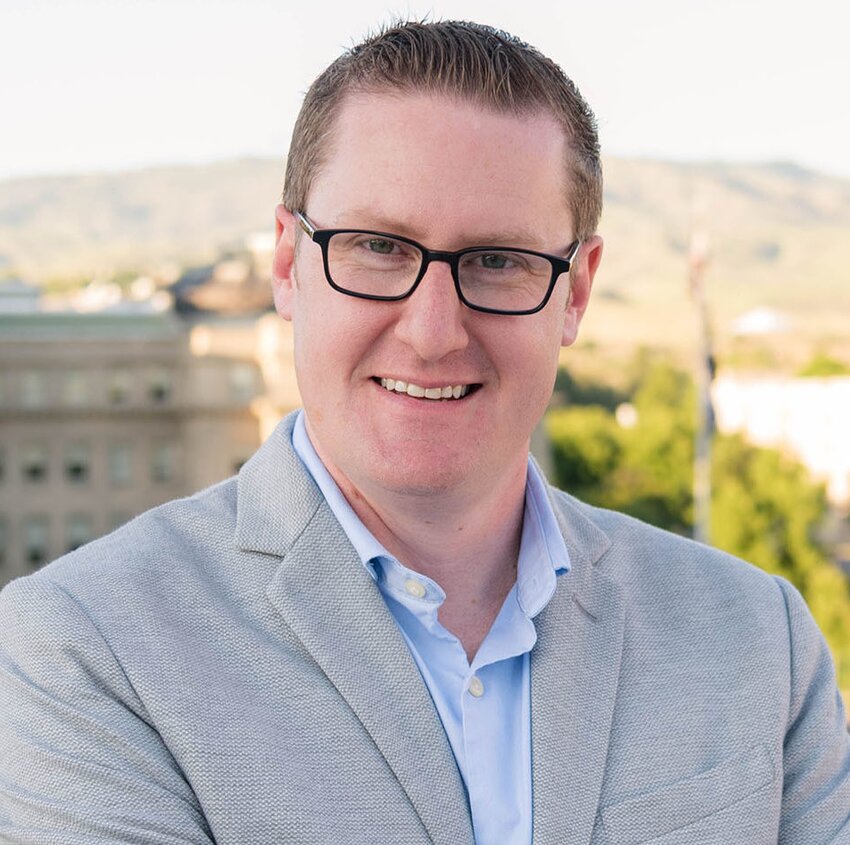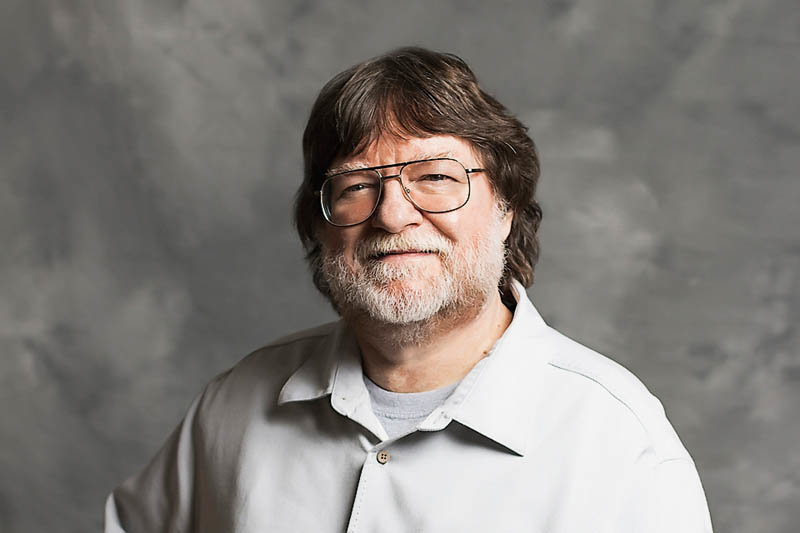The popularity of newsletters with readers and the revenue-generating opportunities for publishers have increased substantially since E&P’s February 2022 Revenue Round-Up article, “Newsletters attract more readers, advertisers and revenue.”
Released in July 2024, a new study from MAGNA Media Trials and Sherwood Media shows why newsletters have gained prominence. Their survey of monthly newsletter readers found 41% said it was their preferred news source — topping a list of 12 sources. TV and news websites were tied for second at 39%, followed by social media third at 29%. By comparison, newspapers were ninth at 17% and radio 10th at 16%.
Another major finding from the study revealed that many news outlets, legacy or online-only, fail to understand: “One-third of newsletter readers don't use news websites as their regular news source.”
This result echoed the newsletter monetization strategy and success of 6AM City, a network of newsletter publications in 28 U.S. markets co-founded by Ryan Heafy and Ryan Johnston in 2016. Coming from outside the news industry, they have been willing to try new ideas.
“The newsletter is the product. Newsletters are at the top of the funnel in many ways and can massively expand your annual revenue per user across all your platforms. Publishers are not using newsletters optimally yet. You’ll see a material increase in ad revenue shift to newsletters as they become a more important part of a publishers’ inventory, but many publishers aren't there yet,” Heafy said.
“The content might be relevant, but just dropping it on the website in a long-form format will result in few seeing it or caring. People’s attention span doesn’t work that way anymore. You must give the content to them how they want it. Meet your audience where it is and be audience first, focused on the newsletter product.”

Dan Kennedy, a professor of journalism in the College of Arts, Media and Design at Northeastern University, a nationally known media commentator, podcaster and blogger (Media Nation), agreed with Heafy that newsletters have become the top of the funnel. He thinks more people are embracing newsletters because they’ve lost faith and confidence in the tech platforms they’ve been using.
“Google is increasing its use of artificial intelligence. To some extent, people will search for information but won’t bother clicking on the link because they’ll receive an AI-generated answer that may be true or false. Facebook has been greatly downplaying news in its feed. It doesn’t think people want news, and it doesn’t want to pay publishers. Twitter was always a better method to distribute news for larger publishers than locals, but Twitter, now X, is just falling apart,” Kennedy said.
Newsletters complement the hyperlocal news model
Many small, local news outlets are discovering newsletters can drive strong reader engagement, which is a primary sustainability goal for those outlets. For LION’s Sustainability Audit, LION Publishers periodically surveys its approximately 500 members — many of whom are small, local startups. LION Publishers provides a comprehensive offering of training programs, hands-on advice and other resources to its members.
The recently released 2024 Audit results substantiated Kennedy’s view that local news outlets favor newsletters over search and social media channels to increase traffic and engagement. Of the LION members participating in the survey, 95% said they use newsletters, an increase from 81% in the 2022 Audit. Newsletters were first among the eight news products LION members are using. Events have increased even more, from 34% in 2021 to 60% in 2024, and newsletters are excellent news products to announce, generate interest for events and provide direct registration links.
“Newsletters are an opportunity to claw back some of the local audience from search and social media, but it’s predominately about building deeper relationships with your existing audience. Many of our members see newsletters as a strategy to provide information and content relevant to specific users and keep them engaged with the content,” said Andrew Rockway, associate director of Sustainability Audits at LION Publishers.

A second set of data from LION’s recent Sustainability Audit presents an intriguing contrast. Surveyed members said using more distinct channels was effective in engaging with audiences, increasing from 4.7 in 2022 to 5.9 in 2024. Organic social media and word of mouth were still the top two channels, an increase from 2023 but decreasing from 2022. Email newsletters were third overall among the other eight channels but had increased from the 2022 and 2023 audits.
“We are seeing increases in some in-person audience engagement, whether that’s events, conversations or word of mouth. For example, if a news publisher has a presence at a community event, which they might not be producing, then it’s a way to tell the news outlet’s story,” Rockway said.
A newsletter success story: BoiseDev, a LION Publisher member

The husband-and-wife team of Don Day and Kara Jackson co-founded BoiseDev in 2016, and it is one of LION Publisher’s many small, local news outlets. BoiseDev provides coverage of Boise, Meridian, Nampa, McCall, Sun Valley and surrounding areas. Rockway said Day and Jackson have a very entrepreneurial mindset and are willing to test their news products — especially newsletters.
BoiseDev publishes three newsletters. BoiseDev A.M. is a free daily (Monday–Saturday) roundup of local news information. BoiseDev members receive a premium newsletter on weekday afternoons, sharing the stories highlighted in the next day’s BoiseDev A.M. newsletter. BoiseDev Eats, a weekly food and restaurant newsletter, was launched in early 2024.
“We did an audience research study approximately 18 months ago and scoped the market for ourselves and the traditional corporate media outlets, and our median age was significantly younger than theirs. It’s partly because of our delivery mechanism and what we do editorially. No opinion, national news or Kardashians, but we will tell you about a new restaurant opening, homelessness in Boise or a new building being constructed. We have a mix of important media topics that are of general interest. It's helped us attract a younger audience,” Day said.


Day and Jackson decided BoiseDev wouldn’t have a paywall because the community deserves access to quality information, regardless of whether they can pay. Instead, BoiseDev uses a time-wall model, sharing stories with its members in the afternoon premium newsletter before the public can read them.
With its readers-first mission, BoiseDev utilizes the expanded membership model instead of the traditional subscription model to maximize engagement and create more value. It offers four memberships, the most popular Annual, Monthly, Pro and Pro Plus — each with membership benefits and perks.
“We had a member-exclusive event in July called BoiseDev Backstory. Don and a few of our reporters shared the backstories on some interesting scoops. We're constantly thinking of new ideas to provide additional value for our members,” Jackson said.
In search of a newsletter monetization strategy
The proliferation of newsletters as a news product, especially among small, local news outlets, has led to experimentation in monetization strategies. Some publishers don’t use newsletters to generate revenue directly but use them to drive traffic to their websites, many of which are nonprofit news outlets. They want to maximize memberships or direct donations.
“Any local news publisher who doesn’t have a good, valuable daily or weekly newsletter is missing a major opportunity to attract readers to their website and monetize the newsletter through a separate advertising program,” Kennedy said.
Because of Day and Jackson’s pre-BoiseDev career in digital ad sales and marketing, they have long-term relationships with local marketing/media agencies. They use those relationships to sell much of their advertising space through those agencies while also using their ad sales experience to sell directly.
“We have a very good relationship with one of the larger local advertising agencies and a program that allows it to expose several of its clients to our audience in a way that works for both parties. We’ve seen strong advertiser demand, and it's been inbound. People see our newsletter and decide they should be there,” Day said.
The newsletter may be the product for Heafy and Johnston, but 6AM City’s most valuable asset is its more than 1.2 million subscribers and over 1.3 million social media followers.
“We’ve built this audience who cares about what we tell them. Because of this first-party relationship, we know what interests our audience, so we can serve them content that connects, including content that is affiliate revenue in nature, which makes plenty of money. During our first year experimenting with Amazon Prime, we generated more than one million dollars in revenue for Amazon, which paid us very well,” Heafy said.
Heafy said 6AM City also has its affiliate platform, The Buy. It can repurpose affiliate revenue content within its web experiences and newsletters to make a larger margin than programmatic or other alternative revenue streams. Every 6AM City newsletter has a dedicated section trafficking content from The Buy.
“We own the distribution channel with our newsletter platform. We can include products on The Buy and traffic them across our platforms. We’re building a more intentional, comprehensive media company around the core local newsletter product. We want to be able to control all these revenue streams and the relationship with our readers and advertisers differently,” Heafy added.
6AM City also utilizes its first-party relationships with newsletter readers by creating City Guides in all its markets. Because it creates content daily, the City Guides are a resource for the community and add value for consumers. With its presence in many markets, 6AM City often works with local economic development entities, travel and tourism boards and visitors’ bureaus. Its content can support these organizations’ projects and events and distribute related content to markets within a driving distance to fuel economic impact in the cities they serve.
“We own the content about the communities where we publish newsletters. We can spin up a newsletter for any conference coming to town to hit its 10,000 to 20,000 visitors to the market and add value for the conference and those visiting the community,” Heafy said.
Many local news outlets, especially startups, are experiencing success with newsletters, but they are still an evolving news product. The challenge for legacy news outlets is to emphasize newsletters more than print products and websites. Smaller news operations need more affordable off-the-shelf tech tools to create, distribute, and market newsletters and innovatively maximize revenue with the first-party data newsletters generated.
 Bob Sillick has held many senior positions and served a myriad of clients during his 47 years in marketing and advertising. He has been a freelance/contract content researcher, writer, editor and manager since 2010. He can be reached at bobsillick@gmail.com.
Bob Sillick has held many senior positions and served a myriad of clients during his 47 years in marketing and advertising. He has been a freelance/contract content researcher, writer, editor and manager since 2010. He can be reached at bobsillick@gmail.com.
Comments
No comments on this item Please log in to comment by clicking here